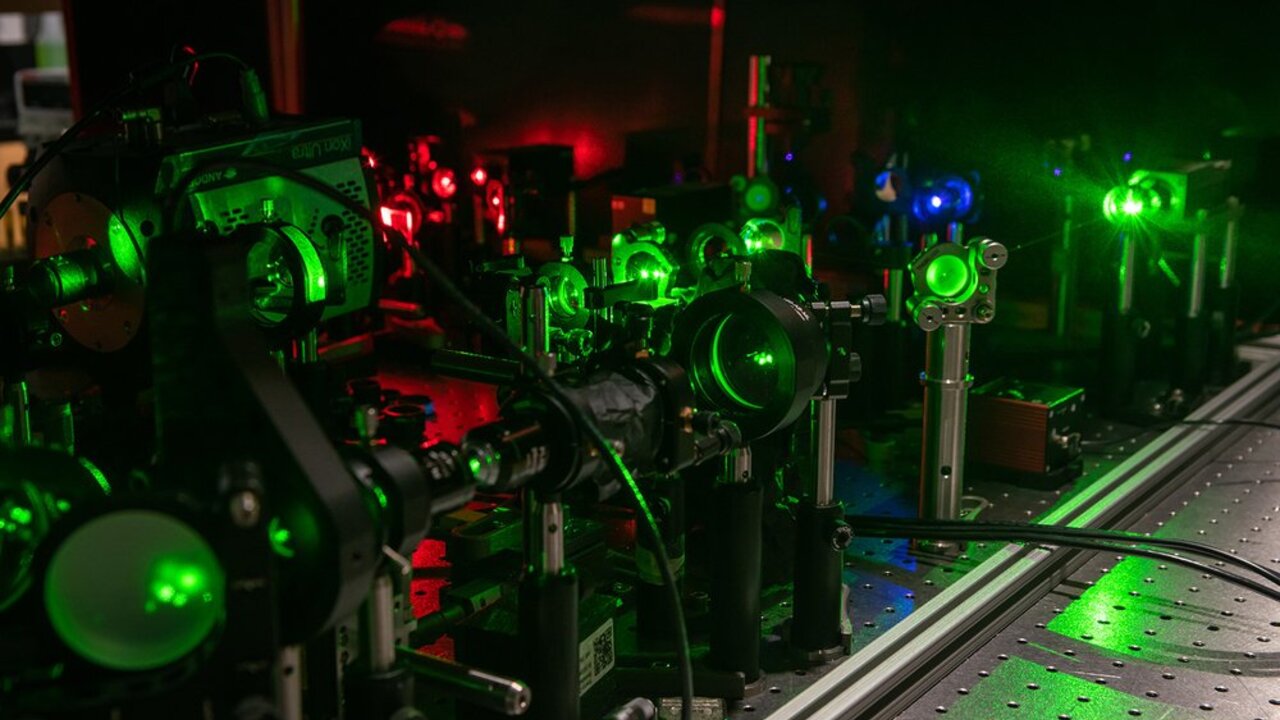Conventional microscopes are limited to the wavelength of light they use, meaning they can only see objects or details that are half the wavelength.
However, using shorter wavelength photons, such as ultraviolet light, allows microscopes to see much smaller objects. Unfortunately, once you reach that scale, photons can be so destructive that they can destroy photographed samples.
A quantum microscope developed by the Caltech team overcomes this problem by combining two photons into a single unit called a biphoton, which behaves like a single photon but has less energy and half the wavelength. This means it can image cells using 400nm light instead of damaging ultraviolet while achieving the effect of 200nm light.
The microscope uses a carefully designed optical setup in which laser light passes through a special crystal that converts some photons into two-photon ones. These entangled pairs are then separated and sent along two parallel paths, one photon passing through the sample and the other avoiding it. Photons are then recorded and an image can be created from the acquired data.
While the generation of biphotons is currently very rare, the researchers believe that in the future it will be possible to entrap even more photons to further increase resolution.
Source: Ferra
I am a professional journalist and content creator with extensive experience writing for news websites. I currently work as an author at Gadget Onus, where I specialize in covering hot news topics. My written pieces have been published on some of the biggest media outlets around the world, including The Guardian and BBC News.










